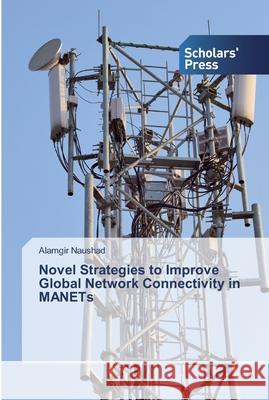Novel Strategies to Improve Global Network Connectivity in MANETs » książka
Novel Strategies to Improve Global Network Connectivity in MANETs
ISBN-13: 9786202319430 / Angielski / Miękka / 2019 / 112 str.
When a link between neighbouring node pairs is broken, an immediate operation is needed to restore the link by finding an alternative optimal path with minimal overhead in terms of the number of hops for data forwarding. The re-routing operation consumes battery power and other radio resources, sporadically. Re-routing is especially costly in networks without any fixed infrastructure since it frequently results in network flooding. Moreover, the transmission delay incurred as a result of re-routing degrades network performance. For eliminating the re-routing operations, and ultimately the transmission delay, link stability must be ensured. Therefore, improving link stability is essential for establishing stable paths among nodes inside a network region. Unfortunately, due to the highly dynamic topology of MANETs, improving link stability under topology changes is a challenging task. There are certain open issues and challenges related to network stability due to the failure of the existing techniques in providing adequate robustness while responding to topology changes under link/node failures.











